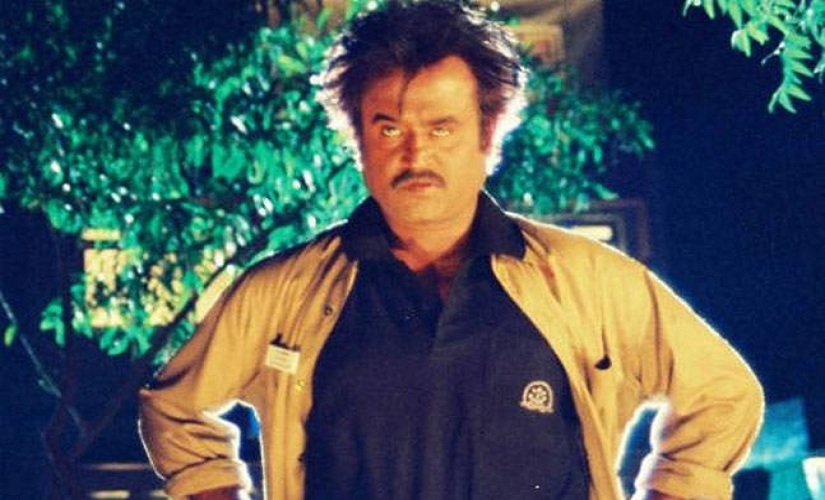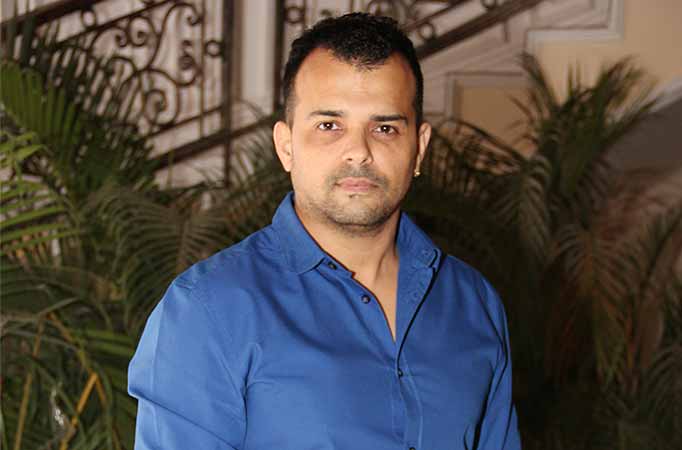
Rajinikanth’s Baasha to be re-released in Tamil Nadu; immense buzz around the 90s cult film
The re-arrival of Rajinikanth’s Baasha in Tamil Nadu has restored the exchange about what makes it such a religion film and its impact on present day business blockbusters in South Indian silver screen.
Hotshot Rajinikanth’s Baasha was one of the characterizing movies of the 90s and having stood the trial of time, the buzz encompassing the re-arrival of the film on 3 March in Tamil Nadu is tangible. The carefully restored form of the faction film is required to take a humongous opening at film industry, and it wouldn’t amaze if the film outperforms the week’s other enormous discharges as far as footfalls.
rajini-story_647_082416062035
Rajinikanth in Baasha. Picture from Youtube.
Thamizhazhagan, a lifelong aficionado of Rajinikanth who runs a fan account (Rajni_FC) on Twitter, says, “I’ve been a devotee of Rajinikanth all my life and I can’t put in words the delight I get when I see Rajini on extra large screen. A ton of youths today may have not watched the film on extra large screen, but rather the remastered form allows us to remember Thalaivar’s enchantment on wide screen at the end of the day.”
To praise the film’s discharge, Karthik O Positive, another lifelong devotee of the on-screen character who oversees RBSI – a famous Rajini fan page on Facebook, and Thamizhazhagan, alongside different fans, have masterminded an exceptional screening at one of the prime multiplexes in Chennai and about 100 auto-drivers are relied upon to go to the screening. It wouldn’t be a distortion to state that Rajini is dealt with like a God via auto-drivers all over Tamil Nadu, considering that the on-screen character had assumed the part of an auto-driver in the film.
Coordinated by Suresh Krishnna, the film, which initially discharged in January 1995, was a blockbuster and even following 22 years of its discharge, no dialog about Rajinikanth is finished without saying Baasha. It re-imagined the way chivalry is depicted on screen and gave another layout for standard activity shows.
However, it wasn’t quite recently Tamil silver screen that changed post Baasha’s discharge.
Such has been the effect of the film, in the recent decades, that it generated a few turn offs and duplicate felines in Telugu silver screen also. Beginning from Balakrishna’s Samarasimha Reddy (1999), Narasimha Naidu (2001), Chiranjeevi’s Indra (2002), Simhadri (2003) to late Telugu movies like Dictator (2016), the ‘Baasha Template’ keeps on strengthening itself in different ways even today and how.
The greatest commitment that Baasha made to narrating, maybe, is the advancing of utilizing “flashbacks” to make dramatization and tension in the story.
Essayist and movie producer Gopi Mohan says, “I don’t know how much cash the first Telugu named variant made in 1995, however on account of that film, Telugu film industry would have effectively made Rs 200-300 crores in the previous 20 years (snickers). Practically every huge star in Telugu silver screen today would have acted in no less than one film which was roused from Baasha’s style of narrating. Utilizing flashbacks, as a key strategy for narrating in Telugu movies, turned out to be truly mainstream after Baasha discharged.”
In the principal half of the film, there’s scarcely a battle and Rajinikanth limits himself for so long that it was not at all like anything that individuals had seen back till the mid-90s. Also, when he broke allowed to uncover his actual character, just before the interim, another brand of valor was conceived.
“Baasha changed everything. It broke free from the format of including a battle for saint’s presentation scene and the elevated feeling of show that the film accomplished without doing much was incredible,” Gopi Mohan says, including, “The film was likewise instrumental in making a business opportunity for Rajinikanth in Telugu. From that point forward, each film that he has done in Tamil has been named in Telugu.”
12sld3
Rajinikanth in Annamalai. Picture from Youtube.
Amusingly, the first plot of Baasha was itself motivated from a scene (which didn’t make it in the polished product) in Mukul S Anand’s 1991 activity wrongdoing dramatization Hum, featuring Amitabh Bachchan, Rajinikanth and Govinda.
In his memoir ‘My Days With Baasha’, executive Suresh Krissna reviews that it was Rajinikanth who enlightened him regarding the scene where Govinda who needs to join the police constrain doesn’t get an admission to the police institute lastly, his sibling (played by Amitabh Bachchan) goes to meet the boss and turns out with a seat for Govinda. The scene was the beginning behind the entire plot of Baasha and appropriate from the film’s title to the notorious punch line – “Naan oru thadava sonna, nooru thadava sonna maadiri (If I say something even once, it’s as if I’ve said it a hundred circumstances)” – it was all Rajinikanth’s thought.
The star was likewise instrumental in persuading the film’s maker RM Veerappan, who was frightened that fans will get irate, to hold the scene where Rajinikanth gets bashed up by the goons just before the interim battle arrangement. As indicated by Suresh Krissna, Rajinikanth even offered to pay from his own particular pocket reshoot that part if RM Veerappan wasn’t persuaded with the effect of that sensational scene.
It wasn’t recently the flashbacks and dramatization that set Baasha apart from the rest. The film was likewise instrumental in promoting the idea of punch lines in movies.
It started with Rajinikanth-Suresh Krissna’s Annamalai (1992) and the notoriety of Baasha turned having punch lines to characterize a saint’s character as a need. Sudhish Kamath, film pundit and-movie producer, says, “After Annamalai and Baasha discharged, punch lines turned into a standard in Tamil silver screen. It nearly turned out to be a piece of the account and individuals really started to trust that if the saint doesn’t a punch line or a trademark quirk, demonstrated outwardly, then the film won’t work. Another noteworthy part of Baasha, which got to be standard, was the manner by which well it portrayed the sensational change between the two personas of a hero.”
Throughout the years, Rajinikanth may have showed up in different blockbusters like Padayappa, Chandramukhi and Endhiran to give some examples, however there has never been a film like Baasha.
So what’s the enchantment component? “The enchantment component in Baasha is Rajini’s style. Be it the way he sits in the seat or converses with the reprobate, everything that Rajinikanth did turned into the stuff of legends. The discoursed and Rajinikanth’s style were amazing and they were the greatest calculates the film’s prosperity,” says Dhananjayan Govind, National Award Winning Writer and Film Producer, including, “I don’t think individuals will ever overlook Baasha. You can’t contrast it and some other Rajinikanth’s film. That was the film which transformed Rajinikanth into the greatest star that Tamil silver screen has ever observed.”






Comments (0)